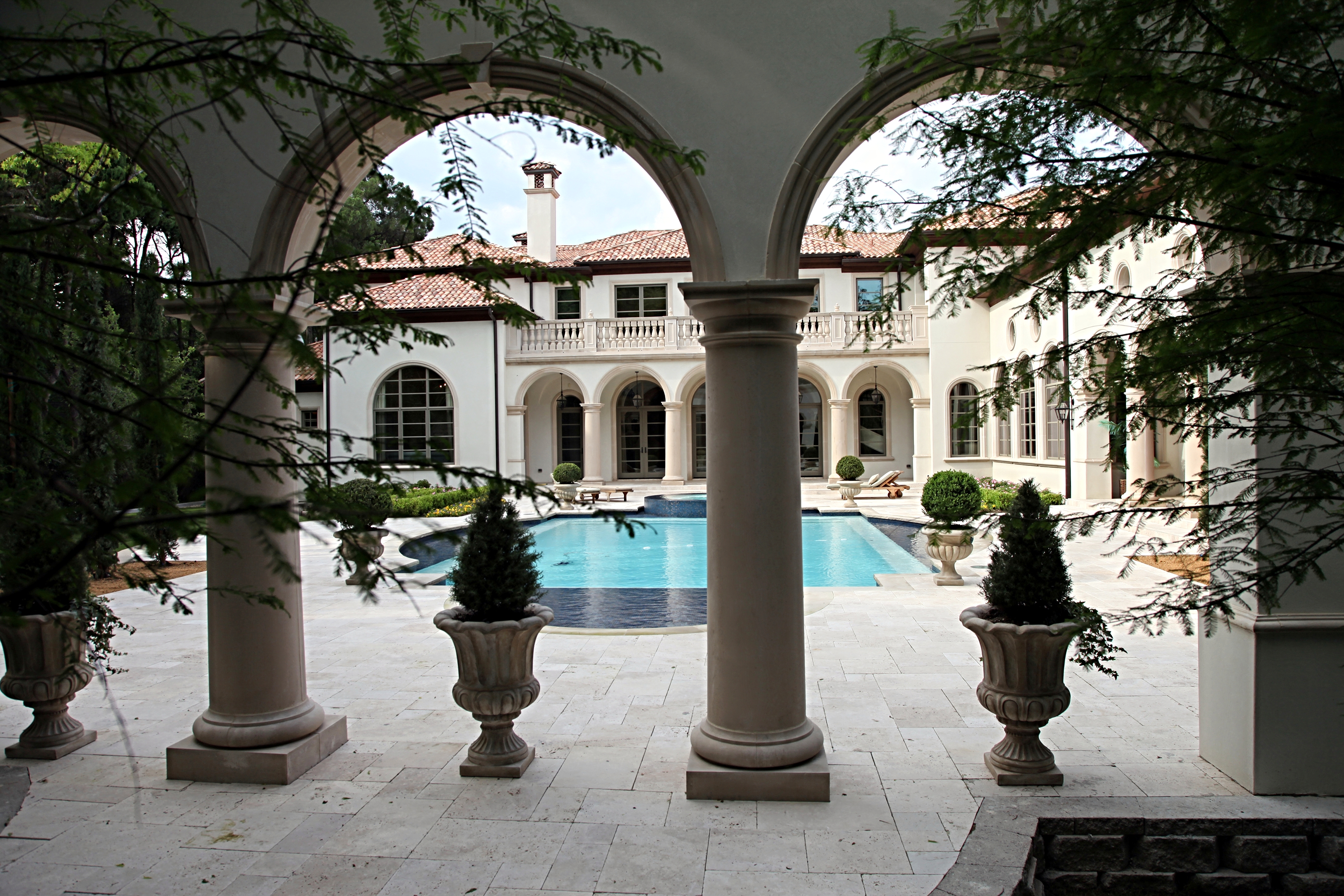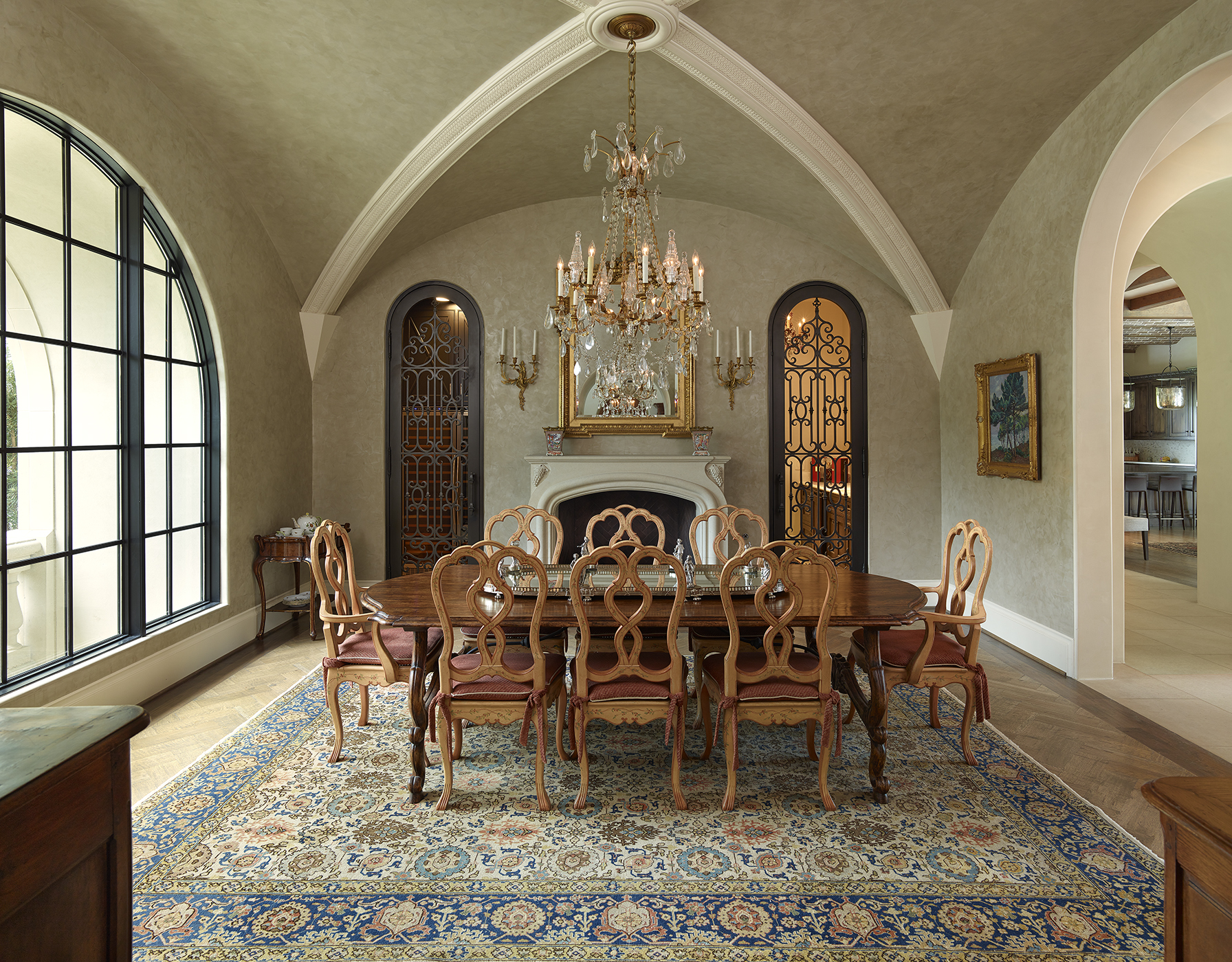October 2025
10 Defining Traits of Spanish Renaissance Architecture Buildings
Spanish Renaissance Architecture
From ornate façades to richly detailed interiors, Spanish Renaissance Architecture embodies both grandeur and spiritual depth. The Spanish Renaissance was a remarkable period in art and architecture, blending classical ideals from Italy with Spain’s own cultural and religious identity. This unique fusion created a style that remains celebrated for its beauty, symbolism, and craftsmanship. The buildings that emerged during this time were not only physical structures but also statements of power, culture, and faith.
In this article, we will explore 10 defining traits of Spanish Renaissance architecture buildings, offering insight into the elements that make this style distinct and enduring.
1. Classical Influence with a Spanish Identity
Spanish Renaissance architecture was deeply influenced by the Italian Renaissance, but it developed its own unique identity. While symmetry, proportion, and classical orders were adopted from Italian traditions, Spanish architects infused their designs with local cultural motifs.
This combination created buildings that were simultaneously familiar and distinct. Columns, arches, and domes reflected classical ideals, while details such as Moorish ornamentation and Gothic remnants gave them a uniquely Spanish flair.
The blend of influences resulted in structures that celebrated both universal Renaissance ideals and Spain’s cultural individuality.
2. Ornate Façades
The façades of Spanish Renaissance buildings are among their most defining features. Highly decorative and detailed, these exteriors often served as a canvas for artistic expression. Sculptures, reliefs, and intricate carvings adorned entryways, windows, and balconies.
These façades were more than decorative; they symbolized wealth, power, and devotion. Cathedrals and civic buildings, in particular, displayed grandeur on their exteriors to impress both citizens and visitors.
The lavish ornamentation reflected Spain’s prosperity during the Renaissance, when exploration and conquest enriched the nation and fueled artistic patronage.

3. Plateresque Style
A hallmark of Spanish Renaissance architecture is the Plateresque style, named after silversmiths (“plateros”) due to its intricate detail reminiscent of silverwork. This style combined Gothic, Mudéjar, and Renaissance elements, creating façades that shimmered with elaborate carvings.
Plateresque buildings often featured floral motifs, heraldic symbols, and religious iconography, all arranged in a symmetrical yet richly decorated manner. Universities, town halls, and churches showcased this ornate approach.
The Plateresque style set Spain apart, emphasizing a level of ornamentation rarely seen elsewhere in Europe during the Renaissance.
4. Courtyards and Cloisters
Courtyards played a central role in Spanish Renaissance architecture, serving as both functional and aesthetic elements. These open-air spaces provided light, ventilation, and a peaceful environment within the structure.
Cloisters, often found in monasteries and religious institutions, combined practicality with serenity. Surrounded by arcaded walkways, they created contemplative spaces for study and reflection.
The courtyard tradition reflected Spain’s Moorish architectural legacy, adapted to fit the ideals of Renaissance design.
5. Religious Symbolism
Faith played a central role in Spain during the Renaissance, and its architecture reflected this devotion. Religious buildings such as cathedrals, chapels, and monasteries incorporated symbolism in their design, from biblical carvings on façades to interior altarpieces that glorified Christian teachings.
Architecture became a form of storytelling, with each element contributing to a larger spiritual message. Vaulted ceilings directed the gaze heavenward, while stained glass and frescoes reinforced religious narratives.
This focus on symbolism ensured that architecture functioned not only as shelter but also as a medium of devotion and teaching.
6. Monumental Scale
Spanish Renaissance buildings were often monumental in scale, designed to convey authority and permanence. Cathedrals towered over city skylines, while palaces and civic buildings dominated town squares.
This grandeur was intended to inspire awe and reflect Spain’s political and religious dominance during its Golden Age. The scale also provided opportunities for artistic experimentation in design, structure, and decoration.
Monumentalism remains one of the most recognizable traits of the Spanish Renaissance, with many of its buildings still standing as enduring symbols of the era.
7. Use of Domes and Vaults
Domes and vaulted ceilings became prominent features in Spanish Renaissance architecture, demonstrating both engineering prowess and symbolic significance. Domes often crowned important spaces like churches and civic halls, representing harmony and divine order.
Vaulted ceilings allowed for expansive interiors, adding both structural strength and dramatic effect. Ribbed and barrel vaults were common, showcasing the continuation of Gothic influence alongside Renaissance innovations.
These elements elevated interiors, creating a sense of grandeur that matched the ornate exteriors.

8. Blending of Gothic and Renaissance Styles
The Spanish Renaissance was not a sudden break from the Gothic tradition but a gradual blending of styles. Gothic elements such as pointed arches and ribbed vaults often appeared alongside Renaissance symmetry and classical columns.
This hybrid style reflected Spain’s transitional approach, embracing new ideals while respecting the architectural traditions already established.
The result was a distinctive architectural identity that harmonized old and new, setting Spain’s Renaissance buildings apart from their Italian counterparts.
9. Regional Variations
Spanish Renaissance architecture was not monolithic—it varied by region. In Castile, the Plateresque style dominated, while Andalusia showed stronger Mudéjar influences. Catalonia incorporated Gothic traditions more heavily, and central Spain often emphasized monumental scale.
These regional variations highlight Spain’s diverse cultural and historical influences. Each area interpreted Renaissance principles through its own lens, producing a rich architectural tapestry.
This diversity adds to the richness of studying Spanish Renaissance buildings, as no two regions produced the same architectural expression.
10. Enduring Legacy of Spanish Renaissance Architecture
The enduring appeal of Spanish Renaissance architecture lies in its ability to synthesize influences into a cohesive, iconic style. Its ornate façades, monumental structures, and symbolic details continue to inspire architects, historians, and admirers worldwide.
Even today, elements of Spanish Renaissance design are echoed in contemporary projects, from academic buildings to civic centers. The balance of classical ideals, local traditions, and spiritual depth ensures its timelessness.
By understanding its defining traits, we can better appreciate the Spanish Renaissance as one of the most remarkable architectural movements in history.
Preserving and Reimagining the Renaissance Legacy
Spanish Renaissance architecture represents a unique fusion of tradition, culture, and innovation. Its defining traits—ornate façades, monumental scale, courtyards, domes, and regional variations—make it one of the most captivating architectural styles of its time.
Bringing such timeless inspiration into modern practice requires vision and expertise. Lumpkins Architects specializes in designing spaces that balance historical influence with contemporary needs. By blending artistry, functionality, and cultural awareness, their team ensures that every project reflects both enduring beauty and modern relevance.
For those inspired by the grandeur of the Spanish Renaissance, Lumpkins Architects offers the expertise to translate this timeless architectural language into spaces that serve today’s world.

